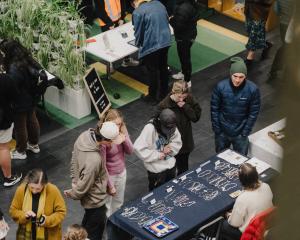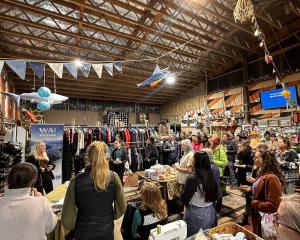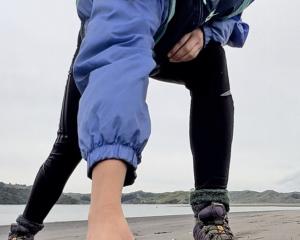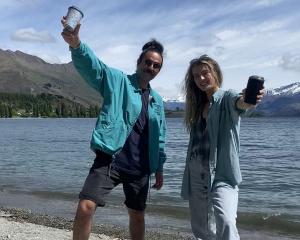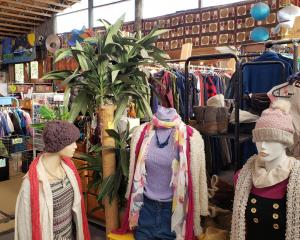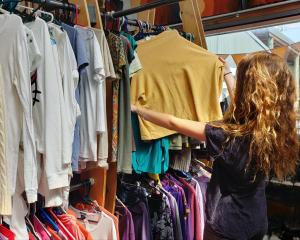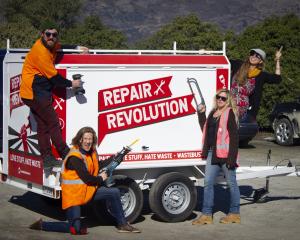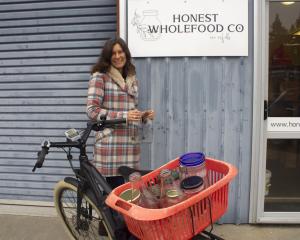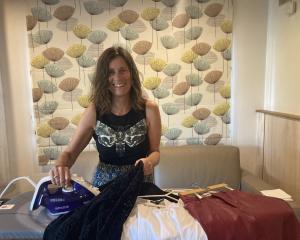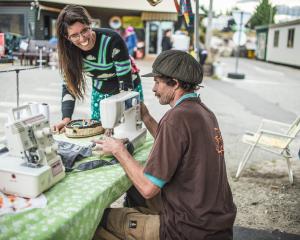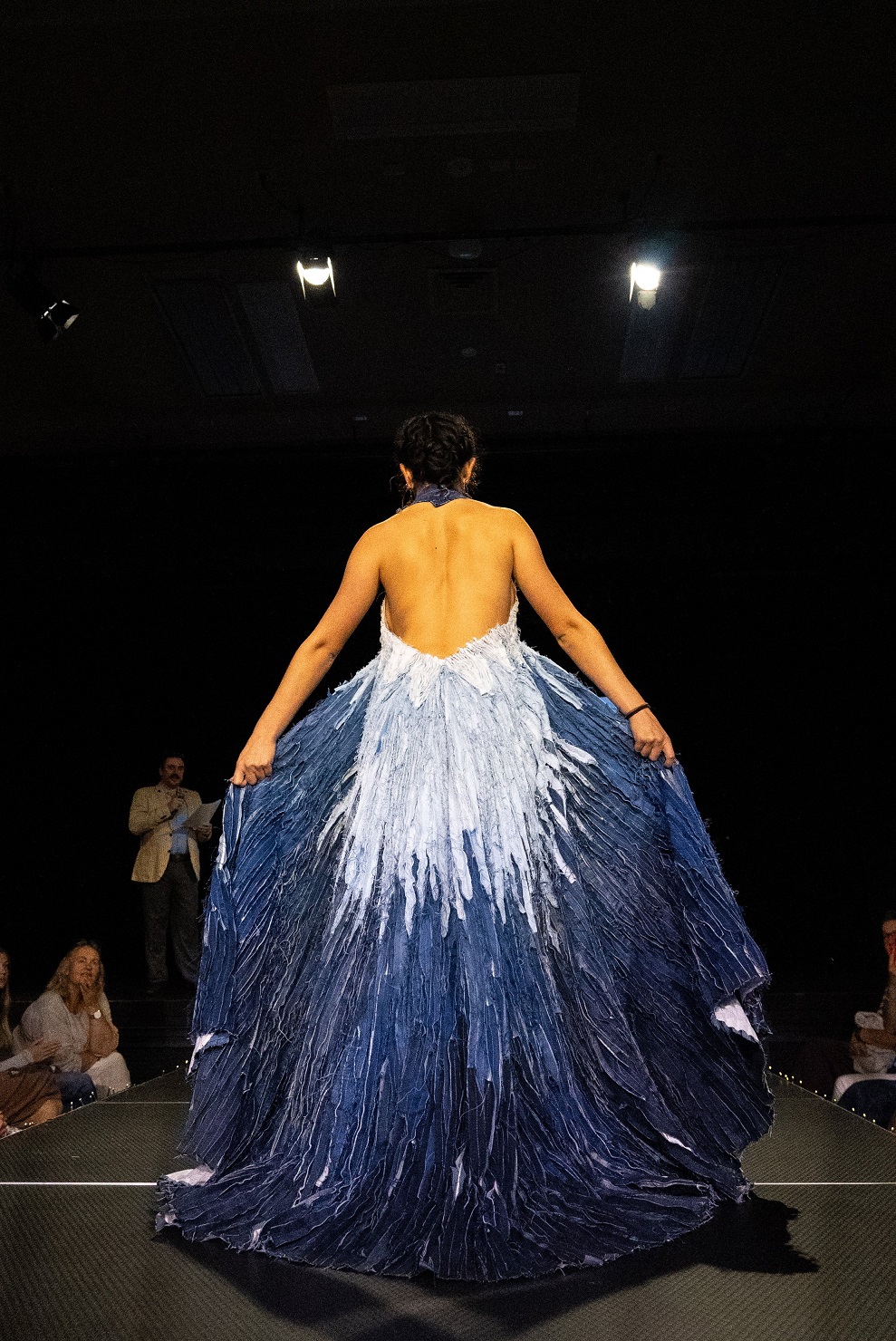
March is Slow Fashion Month at Wastebusters, so I’ve been thinking a lot about clothes and how to make them work for us and the planet.

The dark secret for op shops around the world is that there is too much clothing being made and discarded to find new homes for all of it. A depressingly high proportion of the clothing that is donated to second-hand stores is too "fast" (cheaply made, badly designed, made from poor quality fabric, intended to look good on the hangar, not on you) to be resold.
Wastebusters, like every other op shop in the country, is at the back end of the wave of fast fashion pouring out into the world. Having to discard unsaleable clothing day after day wears our team down. So in 2018, we decided we’d had enough and it was time to do our small bit to help turn off the tap.
Wastebusters’ work to slow down the pace at which we’re consuming clothes has evolved into Slow Fashion Month. Held every March, Slow Fashion Month is about embracing our own personal style, rather than being told what’s "in" and what’s "out". The fast fashion model relies on selling huge volumes of clothing at very low prices, with no responsibility taken for the cost to the planet or to the workers who make the clothing. Many fast fashion companies release new "collections" every week, encouraging the belief that previous purchases are quickly outdated and due for replacement — planned obsolescence in action.
Slow Fashion Month is about celebrating an alternative way to buy, wear and love our clothing, which is lighter on the planet and way more fun. Wastebusters’ Refashion show has become the highlight of the month in Wānaka, celebrating our community’s creativity and style. This year we sold out the Lake Wānaka Centre for the fashion show with a difference. The joy of looking good and feeling great at Refashion is so strong that it has literally brought tears to my eyes in both years that we’ve held the event.
There are two segments to the show, the first celebrating personal style and the sustainable choice of shopping second-hand first. Models submit a mood board to Wastebusters, and the reuse team collate them a fabulous outfit for the evening. The diversity and quality of the looks makes you understand why Wastebusters has been voted "top clothing shop" by our community.
The second half of the show showcases the work of local sustainable designers. Some of the designers are making a living from their creativity, such as Tania Murray Haigh who has the brand Lohi Linen, based in Ranfurly, and Sue James-Moore, who makes tailored oilskin and possum fur jackets for her brand Central Oil.
Some of the designers don’t sell their work but do it for the love, like Maria Fadden, who designed and made one of the finale outfits — a full-length dress made from upcycled denim offcuts. It was a perfect illustration of Maria’s ethos to turn scraps and unwanted items into something unique, beautiful and with a bit of history. Rags to riches — if Cinderella was going to a ball in 2024, this is what she’d be wearing.
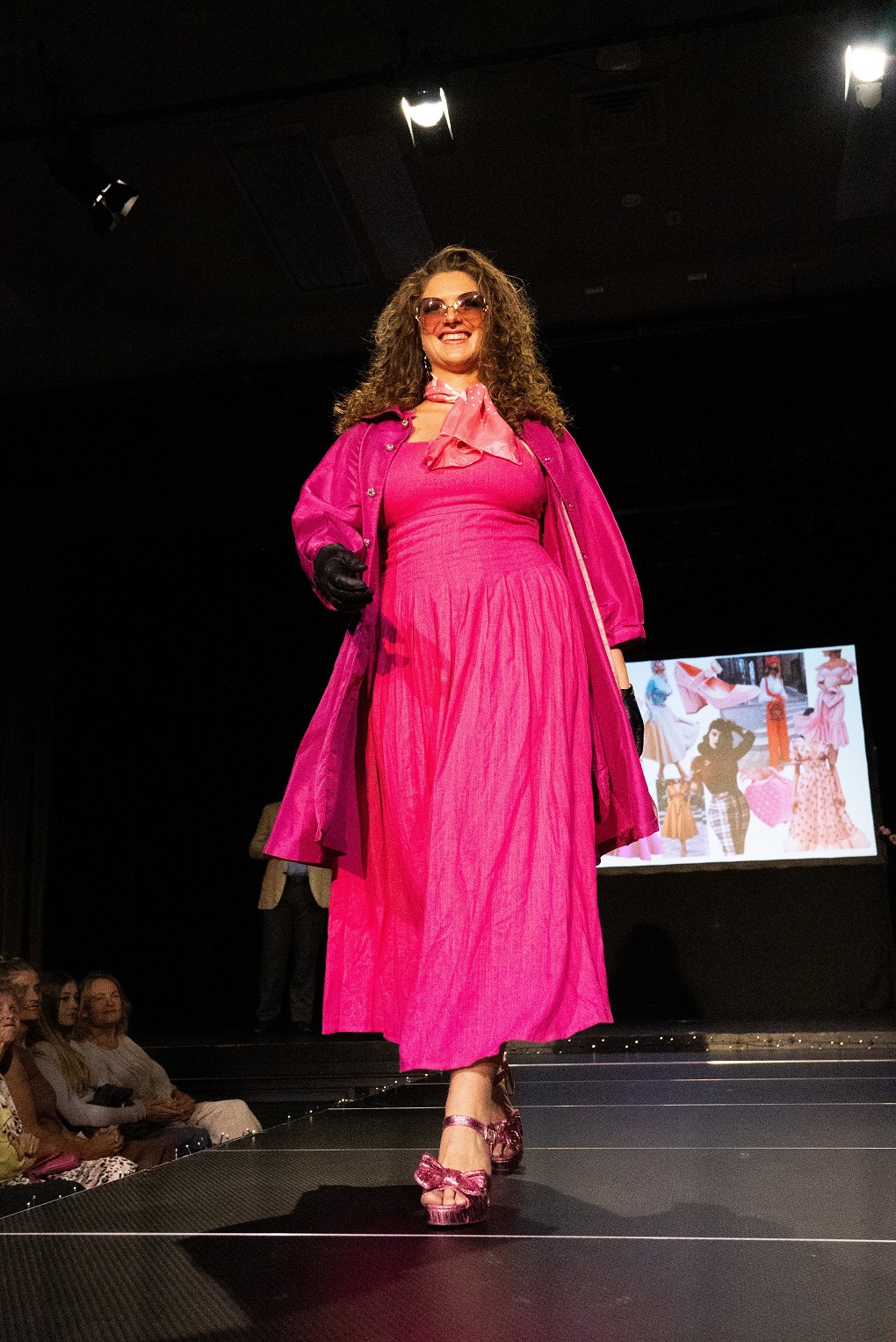
All the teenagers who participated in Refashion exemplified what slow fashion is all about — creativity, fun and sustainability. Nico Petit created a unique mix of vintage and new by modelling a red and white dotted dress, which she sewed from a 1991 Style pattern. She sourced both fabric and pattern from local op shops. Sienna Dunlop refashioned a skirt and a shirt from items she no longer wore, with appliqued patches also made from discarded items. Another stand-out was Hudson Weathington’s patchwork jeans and jacket, created from 12 pairs of Wastebusters jeans. Surprisingly little fabric was left over, meaning they weigh about the same as 12 pairs of jeans! Each garment was not just true to the designer’s vision and made to a high standard, but contained its own story about where the materials and vision had come from.
It gives me hope for the future when I see the joy in creativity and sustainability in our community celebrated at Refashion.
Slowing it down
SLOW FASHION TIPS
• Develop your personal style
Make fashion work for you by figuring out what suits you and makes you feel good, instead of following trends too closely. Embrace accessories, try on some outfits when you have a spare evening, make it a fun session with a friend or two.
• Care and repair
My more savvy fashion friends have told me that I’m a terrible over-washer — so I’ve started airing more and washing less. It not only saves your clothes, meaning they last longer, but saves time to do something more fun. Fixing your clothes can be a satisfying investment in extending their life — it can be as simple as sewing on a button, or as creative as visible darning.
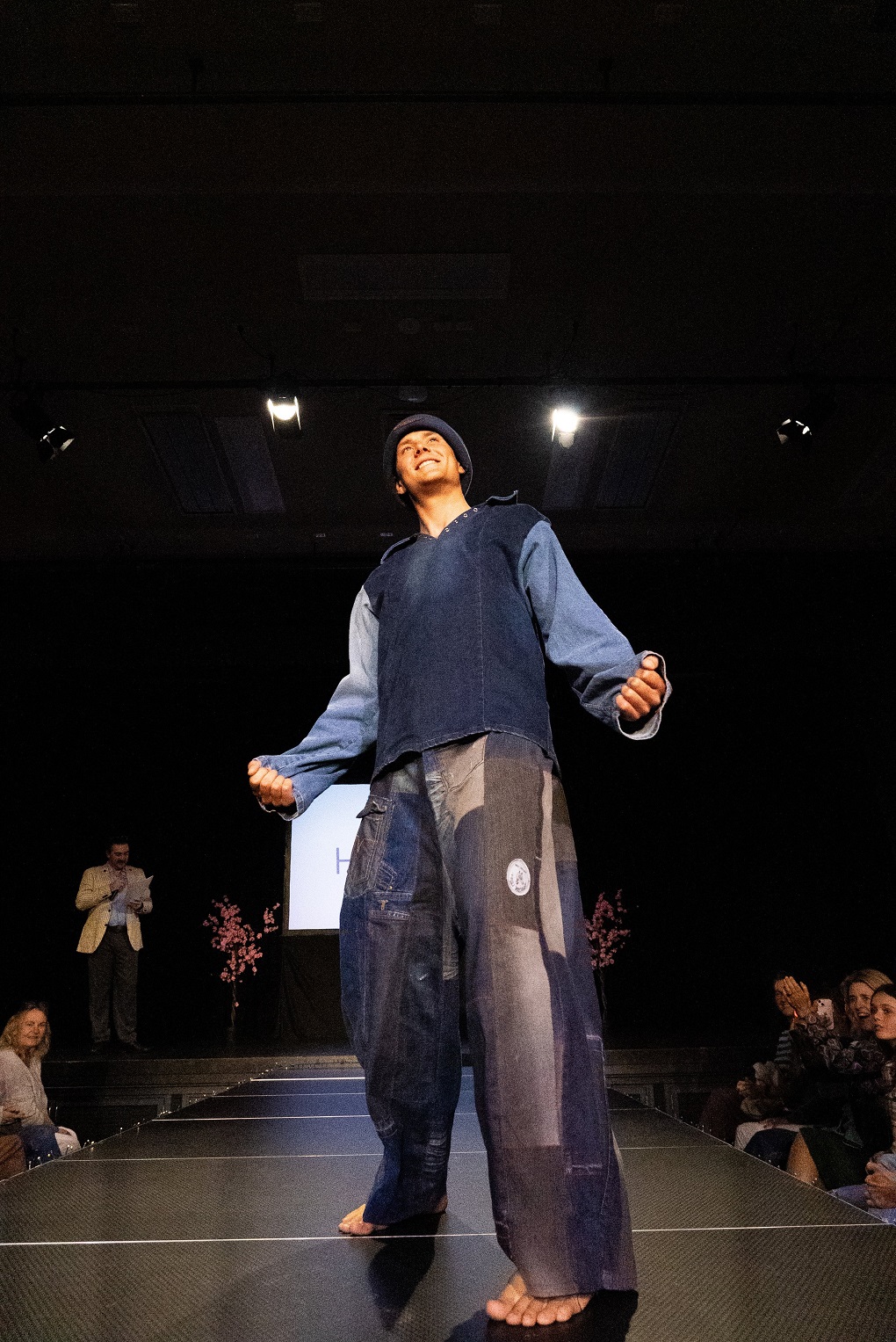
Buying fewer items means you can afford to spend more on each item you buy. Supporting ethical brands with social and environmental practices that protect the people and planet does usually cost more, but you get more for your money.
• Shop second-hand first
The most sustainable garment is one that already exists, so second-hand shopping is not just a way to find one-off treasures but is also the most environmental choice.
• Pass it on with love
If you don’t wear a piece of clothing, find a way to pass it on to someone who will.
Wastebusters’ Slow Fashion Month is supported by Queenstown Lakes District Council Zero Waste District Programme.

